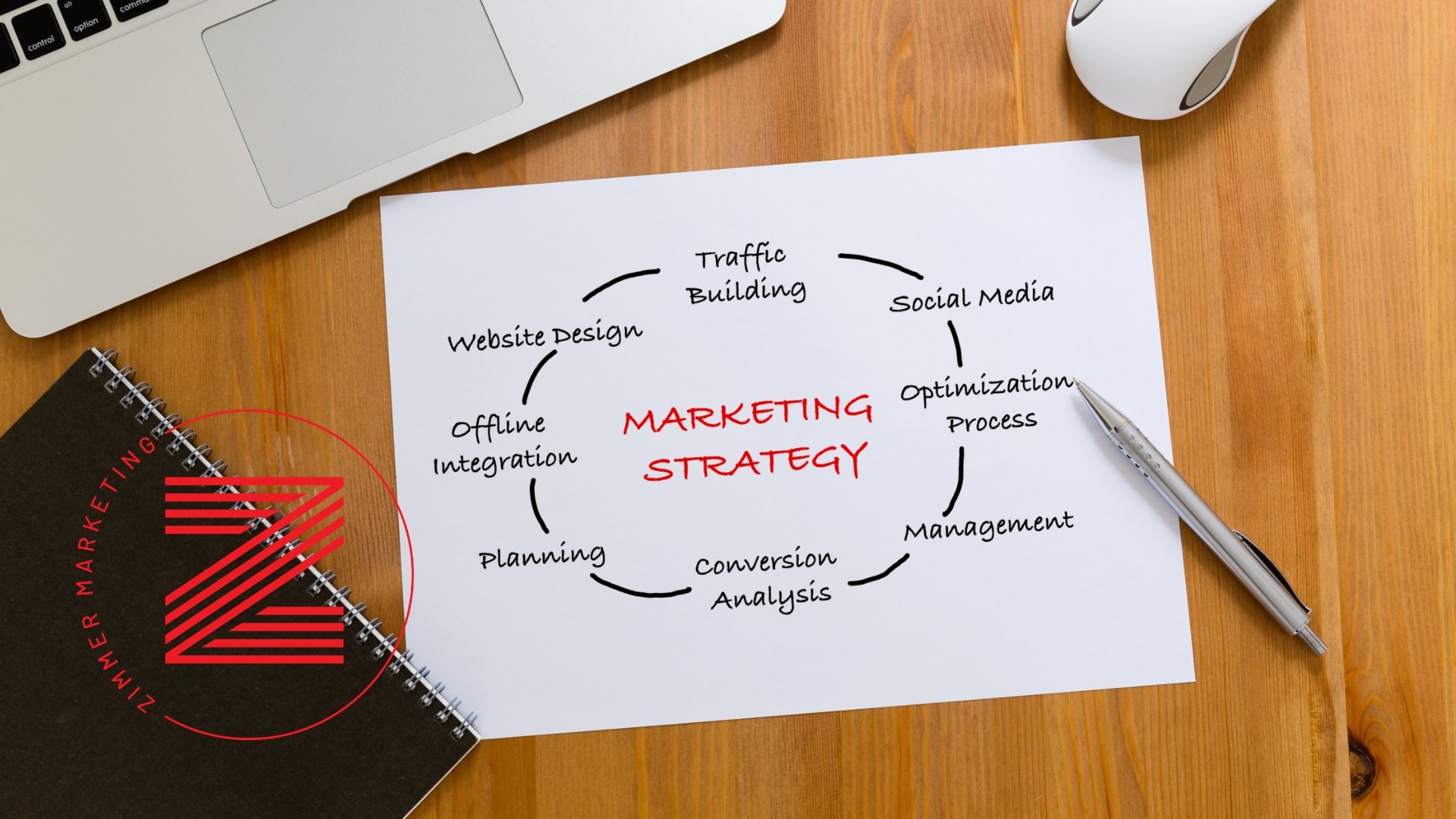Topics: Marketing Strategy
7 Marketing Ideas to Promote Your Products As Gifts This Holiday Season
1. Gift Bundles and Exclusive Packages
2. Holiday Messaging
3. Include Holiday Wrapping
4. Gift Guides and Inspiration
5. Social Media Contests and Giveaways
6. Collaborate with Influencers
7. Virtual Shopping Events
Gift Idea from Zimmer Marketing!
Get Yours Now
Topics: Marketing Strategy
How Sponsorship Can Benefit Your Business
Sponsorship Considerations for Local Companies
Building Brand Authenticity
Connecting with Your Target Audience
Get Involved
Topics: Marketing Strategy, Branding
1. Set Clear Goals
2. Analyze Past Performance
3. Prioritize Your Target Audience
4. Diversify Your Marketing Mix
5. Leverage Data and Analytics
6. Invest in Content Marketing
7. Monitor Your ROI
Build an Effective Marketing Plan
Topics: Integrated Marketing, Marketing Strategy, Digital Marketing, Advertising
What Is Search Engine Marketing?
Components of SEM
- Keyword Research: The foundation of a successful SEM campaign lies in thorough keyword research. Identifying the right keywords ensures that your ads are displayed to users actively seeking what you offer.
- Ad Creation: Crafting compelling and relevant ads is crucial. Well-structured ads with attention-grabbing headlines and concise descriptions encourage users to click through to your website. Ad extensions, such as site links and callouts, can further enhance your ad's visibility and engagement. When placing your ad, PPC platforms consider your ad quality and ability to meet users' needs.
- Bidding Strategy: Platforms like Google Ads utilize an automated auction system where advertisers set bidding parameters that will be used to compete for ad placement. A well-thought-out bidding strategy takes into account factors like budget, keyword competitiveness, and desired outcomes.
- Landing Pages: Driving traffic to your website is just the beginning. The landing page where users land after clicking on your ad is pivotal in conversion. An optimized, user-friendly landing page that aligns with the ad's message can significantly improve conversion rates.
Benefits of SEM
- Immediate Visibility: Unlike organic search efforts, SEM delivers rapid results. Once your campaign is live, your ads are instantly displayed to users searching for your keywords.
- Targeted Reach: SEM allows you to precisely target your audience based on factors such as location, device, demographics, and even specific times of the day.
- Measurable Results: SEM provides a wealth of data, enabling you to track key metrics such as clicks, impressions, conversion rates, and return on investment (ROI). This data-driven approach facilitates continuous optimization for better performance.
- Cost Control: With PPC campaigns, you have control over your budget. You only pay when someone clicks on your ad, making it a cost-effective way to reach potential customers.
Challenges and Considerations
- Competition: Popular keywords can have fierce competition, potentially leading to higher bid prices.
- Constant Monitoring: Regular monitoring and optimization are essential to ensure your campaigns remain effective and budget-friendly.
- Volatile Traffic: Once you significantly reduce your budget or stop an SEM campaign altogether, your web traffic will decline or vanish.
Organic SEO and SEM Work Together
Revitalize Your Web Traffic
Contact a Marketing Consultant
Topics: Marketing Strategy, Marketing ROI, Digital Marketing
What's the Difference Between Marketing Strategy and Tactics?
Topics: Marketing Strategy, Digital Marketing, Advertising, Branding
4 Steps for Creating a Compelling Value Proposition for Your Business
Topics: Marketing Strategy, Branding
4 Tips to Help You Choose the Right Marketing Channels for Your Business
1. Identify Your Marketing Audience
2. Plan for the Buyer's Journey
3. Set Clear Campaign Objectives
4. Consider Your Budget
Putting It All Together
Contact Zimmer Marketing
Topics: Integrated Marketing, Marketing Strategy, Marketing ROI, Digital Marketing, Advertising, Branding
Print Media in 2023
While the around 20 million people still receiving newspapers can still be reached with newspaper advertising, the last two decades have nonetheless seen the national audience shrink by half. Those with access to stable internet connections, and especially those with smartphones, prefer receiving news and entertainment via various forms of digital media. The remaining audience for traditional print media tends to be older, more rural, and more involved in their local community.
Diversify Your Marketing Media
Advertising Alternatives to Print Media
Radio Advertising
Digital Display Ads
Organic Search Strategy
Search Engine Marketing
Revamp Your Marketing Strategy
Contact Zimmer Marketing
Topics: Integrated Marketing, Radio Advertising, Marketing Strategy, Marketing ROI, Digital Marketing, Advertising
Growing Your Business Online: Answer Customer Questions
Topics: Marketing Strategy, Digital Marketing, E-commerce










